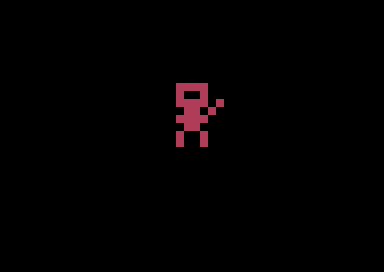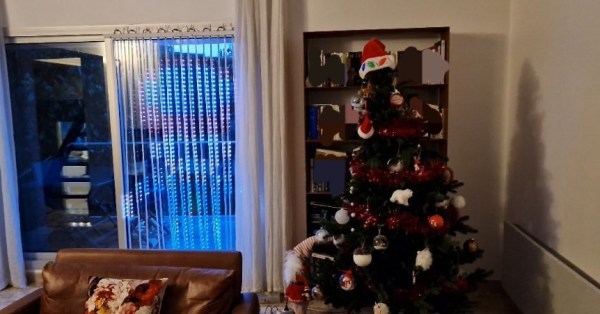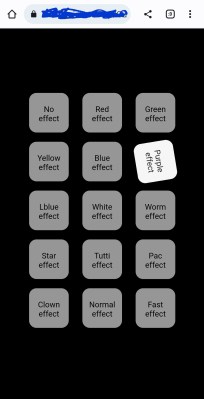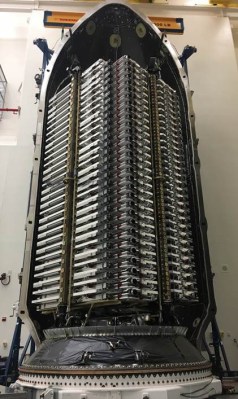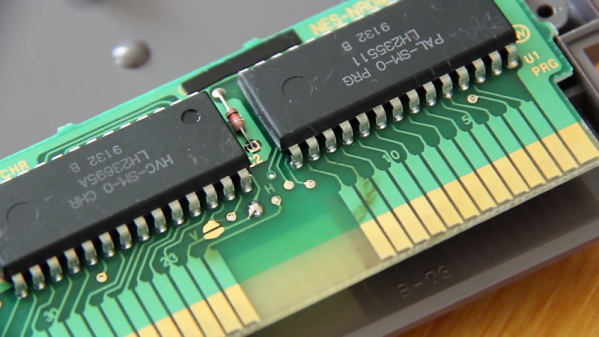Although generative AI and large language models have been pushed as direct replacements for certain kinds of workers, plenty of businesses actually doing this have found that using this new technology can cause more problems than it solves when it is given free reign over tasks. While this might not be true indefinitely, the real use case for these tools right now is as a kind of assistant to certain kinds of work. For this they can be incredibly powerful as [Ricardo] demonstrates here, using Amazon Q to help with game development on the Commodore 64.
The first step here was to generate code that would show a sprite moving across the screen. The AI first generated code in all caps, as was the style at the time of the C64, but in [Ricardo]’s development environment this caused some major problems, so the code was converted to lowercase. A more impressive conversion was done in the next steps, as the program needed to take advantage of the optimizations found in the Assembly language. With the code converted to 6502 Assembly that can run on the virtual Commodore, [Ricardo] was eventually able to show four sprites moving across the screen after several iterations with the AI, as well as change the style of the sprites to arbitrary designs.
Although the post is a bit over-optimistic on Amazon Q as a tool specifically for developers, it might have some benefits over other generative AIs especially if it’s capable at the chore of programming in Assembly language. We’d love to hear anyone with real-world experience with this and whether it is truly worth the extra cost over something like Copilot or GPT 4. For any of these generative AI models, though, it’s probably worth trying them out while they’re in their early stages. Keep in mind that there’s a lot more than programming that can be done with some of them as well.




